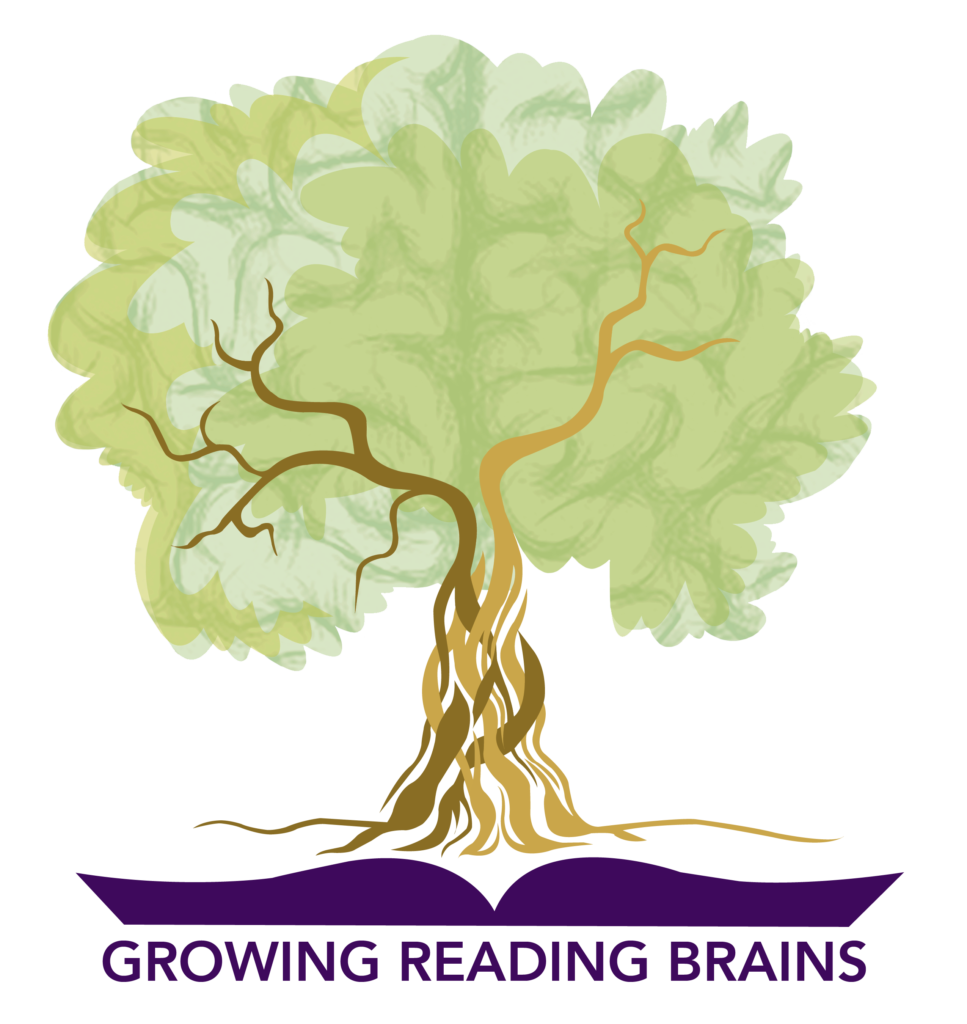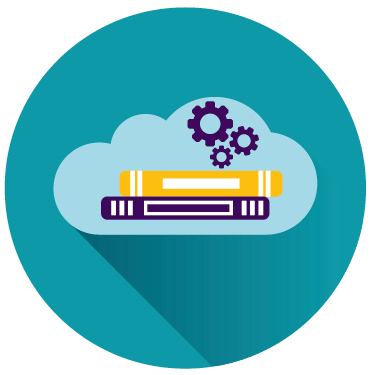Growing Reading Brains
Growing Reading Brains
This course is designed to empower educators with knowledge, focusing on foundational reading skills for grades K-3 — transforming classrooms with effective strategies based on the science of reading that can be applied to classroom instruction, regardless of curricula used. Learning units can be delivered in person or virtually, as a five-day course with flexible delivery options.


Unit 1
Understanding the Roots of the “Science of Reading”
Understanding the Roots of the “Science of Reading” is an overview of research, methods and approaches based on how the brain learns to read with proven results. Educators will understand what cognitive science and neuroscience says about learning how to read in order to ensure the research is being implemented in their classrooms.
- What is the science of reading?
- What does cognitive science and neuroscience say about reading?
- What are the 4-part processors of the reading brain?
- What is the difference between whole language, or balanced literacy and structured literacy?
- What does it feel like to be a struggling reader?
- How does a student’s environment affect the reading process?
Do you want an in-depth look into the roots of the Science of Reading?
It all begins with understanding the WHY behind the WHAT of teaching children to read. Unit 1 is also offered as an intensive three-day course program expansion.
Unit 2
Phonological Processor
The phonological processor is a broad processor that translates speech sounds. This processor entails numerous skills that are precursors in learning how to read. In Unit 2, participants will learn the importance and differences of this component of the reading brain.
- What is phonological awareness?
- What is phonemic awareness?
- What should phonological and phonemic awareness instruction include?
Unit 3
Orthographic Processor
When you look at letters or a word, you are activating your orthographic processor. For beginning readers learning the code connecting letters and sounds is the next step to becoming a skilled reader. Through this unit, understand how students’ knowledge of the alphabetic system connects to this processor.
- What is the orthographic processor?
- How is handwriting connected?
- What skills are needed for orthographic mapping?
- Sound/symbol awareness
- Phonemic awareness
- The phonological long term memory
Unit 4
Phonics
When students have a weakness in reading, educators tend to believe that the student requires more phonics instruction. What should that instruction include? How should it be delivered for the best possible results and still be engaging? Dig through the weeds and discover the true beauty of phonics instruction in Unit 4.
- What is the alphabetic principle?
- What is the difference between decoding and endcoding?
- What should phonics instruction include?
- How to make explicit instruction engaging.
Unit 5
Meaning and Context
Attaching meaning to words and applying context and background as you read can be a difficult task to teach. Unit 5 will take a look into the meaning and context processors and how they are closely tied.
- What are the different syllable types?
- Why is understanding text structures important?
- What are the building blocks of comprehension?

ADD-ON TO GROWING READING BRAINS (on-site only)
Can tie into a school improvement plan
Learning Walks
- Onsite learning walks organized and designed for collaborative learning using The Center for Literacy and Learning’s student learning walkthrough tool
- 4 and under classrooms – 1 day walkthrough
- 5-9 classrooms – 2 days walkthrough
- 10+ classrooms – call for customized solutions
- Pre-visit video conference consult call to review observation tool and goals
- Next day debrief and report out
- Create a post-visit, written action plan for next steps
Onsite Learning Walks with Classroom Coaching/Modeling
- Onsite learning walks organized and designed for collaborative learning using The Center for Literacy and Learning’s student learning walkthrough tool
- 4 and under classrooms – 1 day walkthrough, 1 day of co-teaching
- 5-9 classrooms – 2 days walkthrough, 2 days of co-teaching
- 10+ classrooms – call for customized solutions
- Pre-visit video conference consult call to review observation tool and goals
- Next day debrief and report out
- Create a post-visit, written action plan for next steps
- Full day of co-teaching and modeling in classrooms with Literacy Specialist
